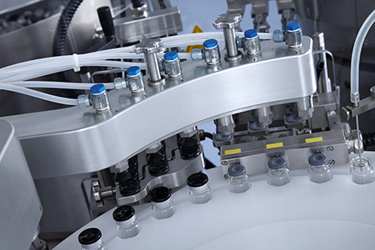Selecting The Locations Of Particle Monitoring For The Fill-Finish Process
By Paul Stewart, Ph.D.

Aseptic manufacturing is required for many parenteral drugs especially biological products, but this process has the potential to introduce contaminants at several points in the manufacturing process. There are strict regulations and guidelines provided by the US Food and Drug Administration (FDA) and European regulatory bodies to manage aseptic cleanrooms, such as advising and mandating Good Manufacturing Practices (GMP) to reduce the risk of contaminants entering the drug processing environment.
One of the processes of drug production that has a high risk of contamination is during the final stages of the fill-finish manufacturing process whereby vials are being filled with drug product, which are sometimes lyophilized.
Understanding the high-risk critical areas during the fill-finish process and, identifying and monitoring particle exposure appropriately is crucial to avoid introducing any contaminants into a drug product that could pose life-threatening health risks to a patient.
This white paper focuses on the monitoring of particles (viable and non-viable) during the fill-finish process of drug manufacturing. It describes the current regulatory guidelines and considerations for the location of airborne particle monitors in the equipment design of the processing area.
Get unlimited access to:
Enter your credentials below to log in. Not yet a member of Pharmaceutical Online? Subscribe today.
